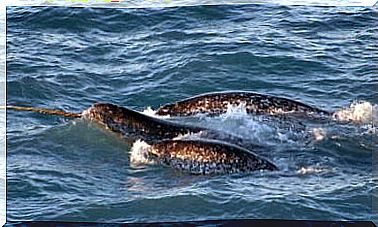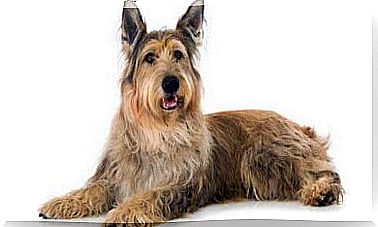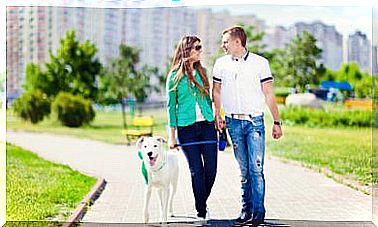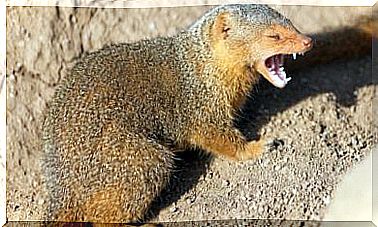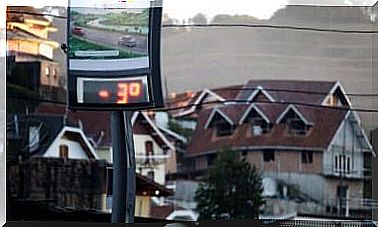Children And Dogs: Each Age Has A Responsibility

No child should be prevented from spending their childhood in the company of a pet. In addition, they will have a great ally for their games and the benefits that these beings bring to the little ones in the house, which are countless. Among them, allowing children to learn the meaning of the word responsibility.
Children and dogs, an ideal combination
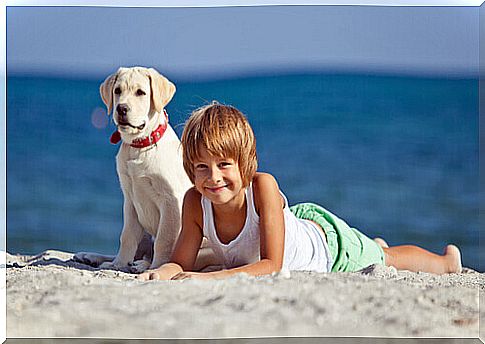
Although we can find different options when acquiring or adopting a pet, children often express the desire to have a dog.
We will then tell you how you can explain to your child the meaning and scope of the word responsibility to a furry friend, depending on their age.
Thus, the little one will learn, gradually and always under the supervision of an adult, to be responsible for different tasks in relation to their own pet.
Teach your child to respect and care for their dog
From an early age, you will have to explain to your child that your dog is not a toy. You have to teach him that:
- Your four-legged friend is a living being and should not be harmed or treated violently.
- That he must have taken care of his food, health and hygiene needs.
- That it is important to respect the moments when the pet does not want to play. He should not be disturbed when he sleeps nor be interrupted when he eats.
Children and Dogs: Responsibilities for Every Age
Although children are not all the same and each one matures in its own time, your own power of observation will allow you to determine how far you can go by imposing responsibilities on your child in relation to your pet.
But, as general rules, we can say that:
- Up to the age of six you can ask him to help you feed and water the furry and brush his fur. The little ones love to get involved in these tasks that must always be supervised, to prevent both the child and the dog from being hurt.
- Between the ages of seven and eleven, the child is able to carry out some simple tasks. For example:
- Change the drinking water
- Measure the daily dose of food
- wash the dishes
- brush the coat
- From the age of twelve onwards, your child will be responsible for the daily care of your pet. This is also the opportune time for him to learn to walk the dog, taking it correctly on the leash.
What are the advantages of your child growing up with a dog?
In addition to fostering responsibility by learning that they must be responsible for meeting the needs of their four-legged friend, children who own pets gain other benefits.
Pets help:
- stimulate the senses
- improve mood
- develop empathy
- Boost self-esteem
- Favor social integration
- Enrich non-verbal communication
- To become more intuitive
Other benefits of growing up with pets

It has been proven that children who live with pets from birth, have an immune system stronger and develop fewer allergies throughout their lives.
Pets also contribute to the psychomotor development of babies, encouraging them to crawl and also to take their first steps.
In addition, having a dog to play with will keep your child away from sedentary activities –television, computers, video games, etc. – and keep him physically active, both inside and outside the house, while he plays or walks with his furry friend.
Educate your child by example
So, don’t abstain your little one from the joy of growing up with a pet. Children and dogs are the ideal combination for a happy childhood. But the responsibility of supplying your furry needs should never go out of the picture.
However, for your child to learn to be responsible with your pet and become an adult committed to the issues of life, you must also educate him with your example.
In addition to their advice and explanations, if you show yourself as a responsible person with your family, work and pets, your little one will certainly do the same.
Image courtesy of nicolas michaud.
